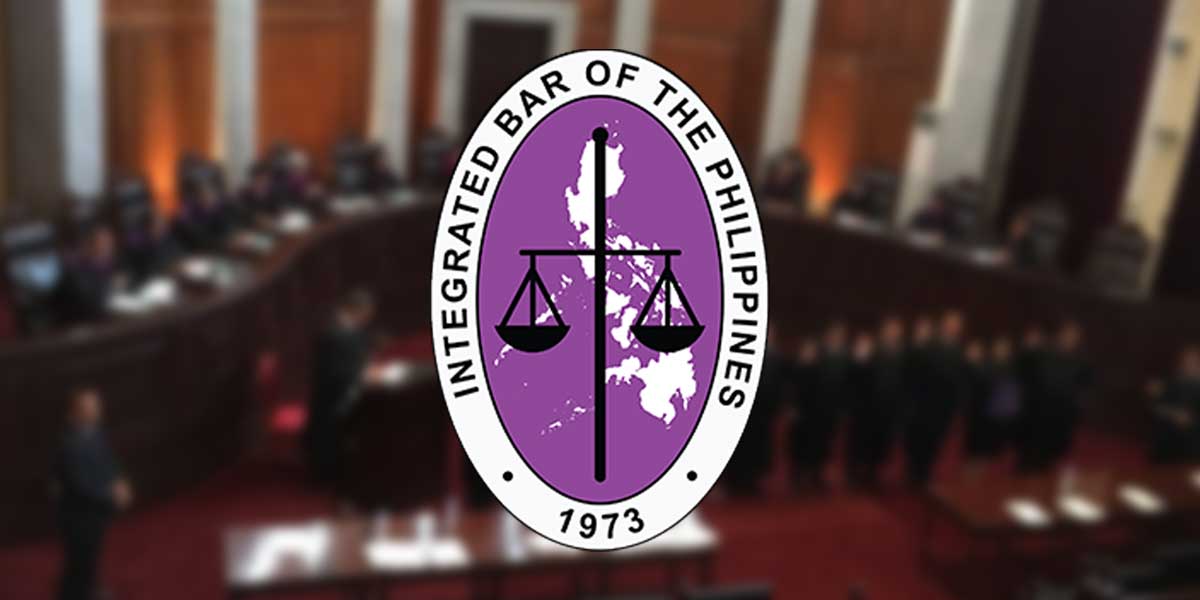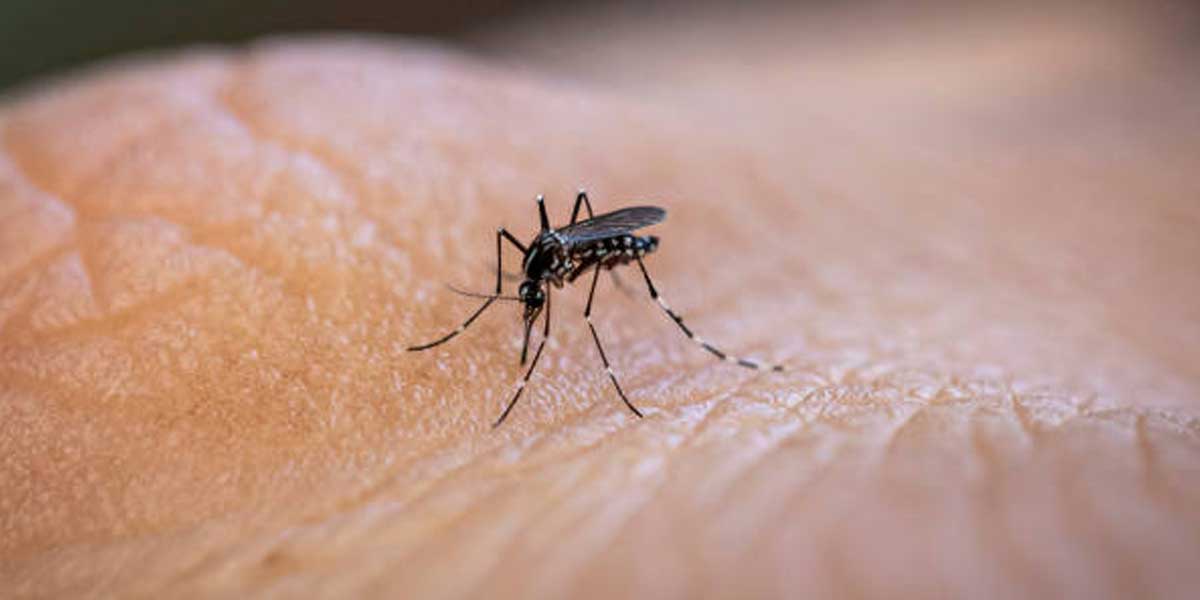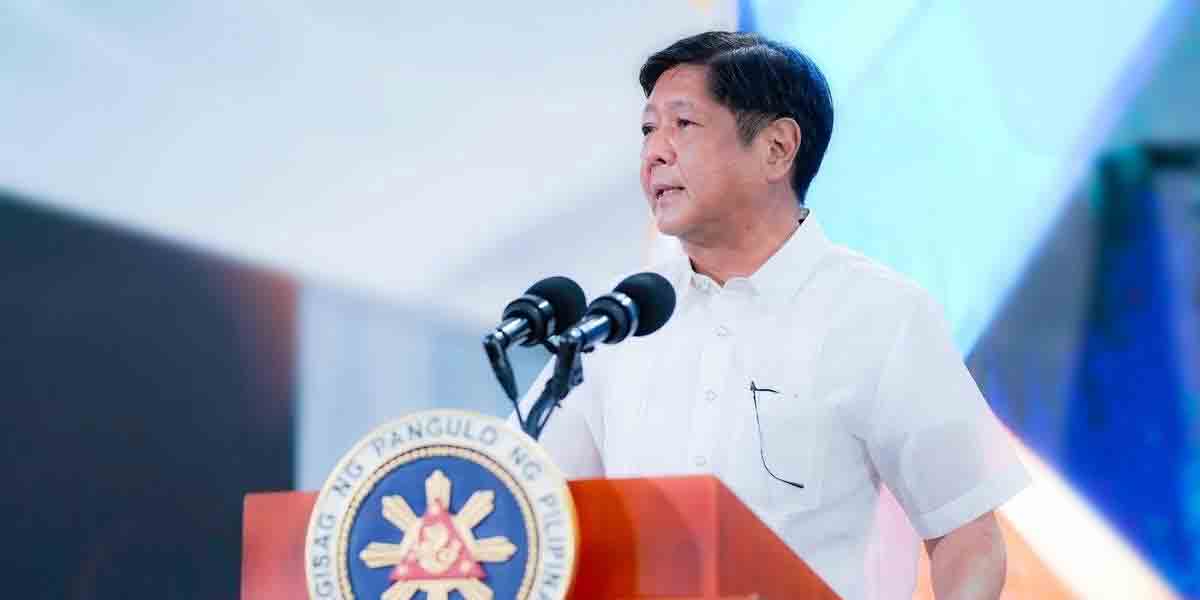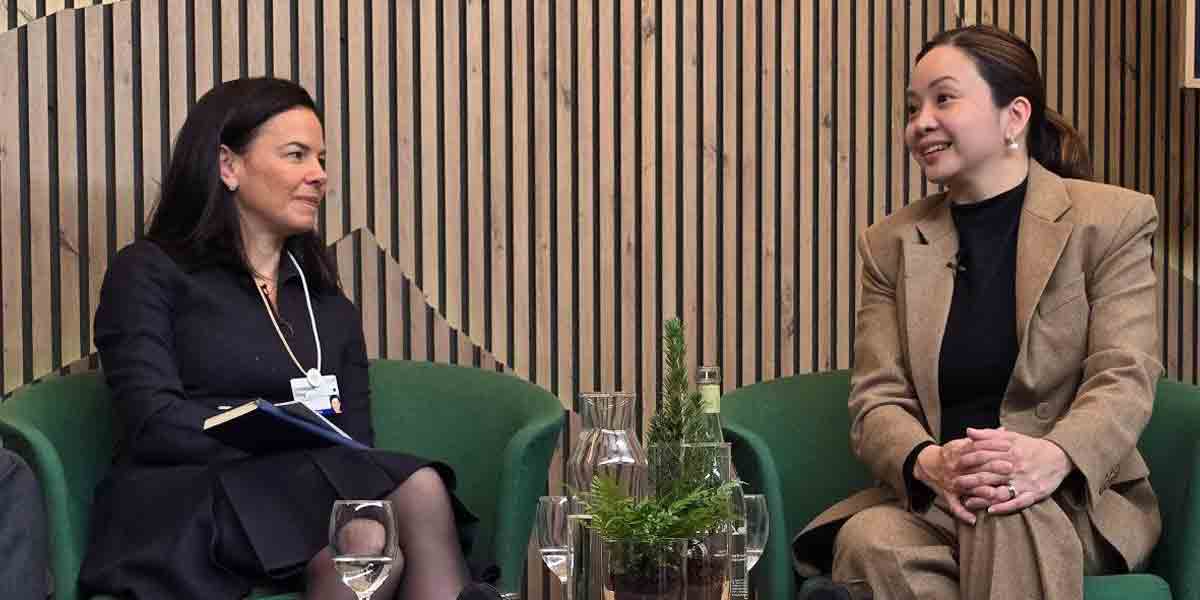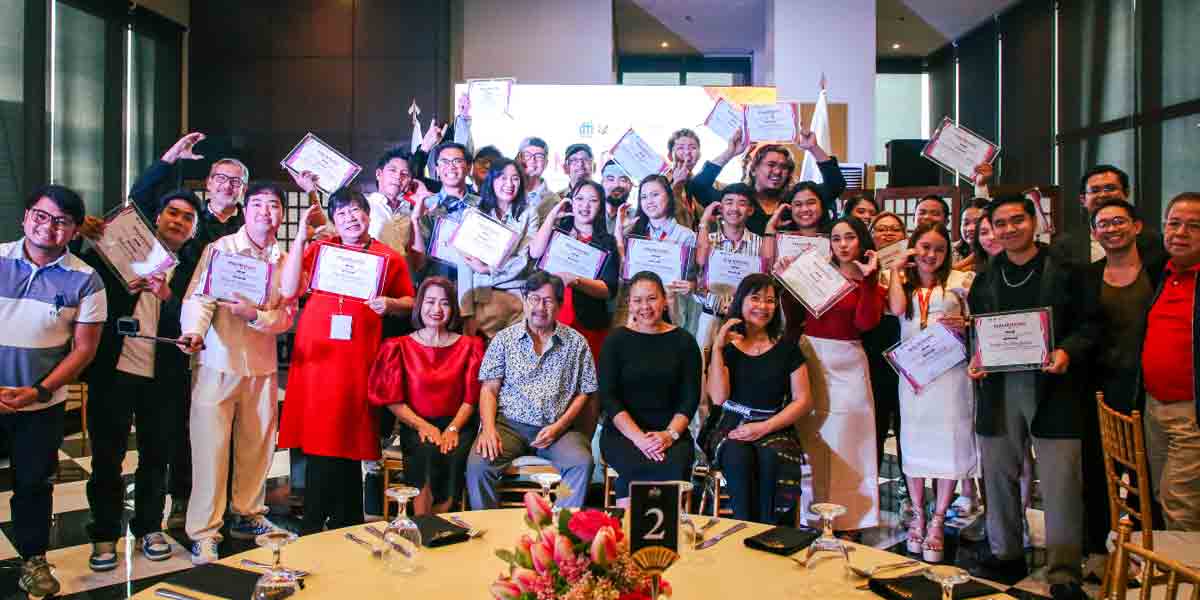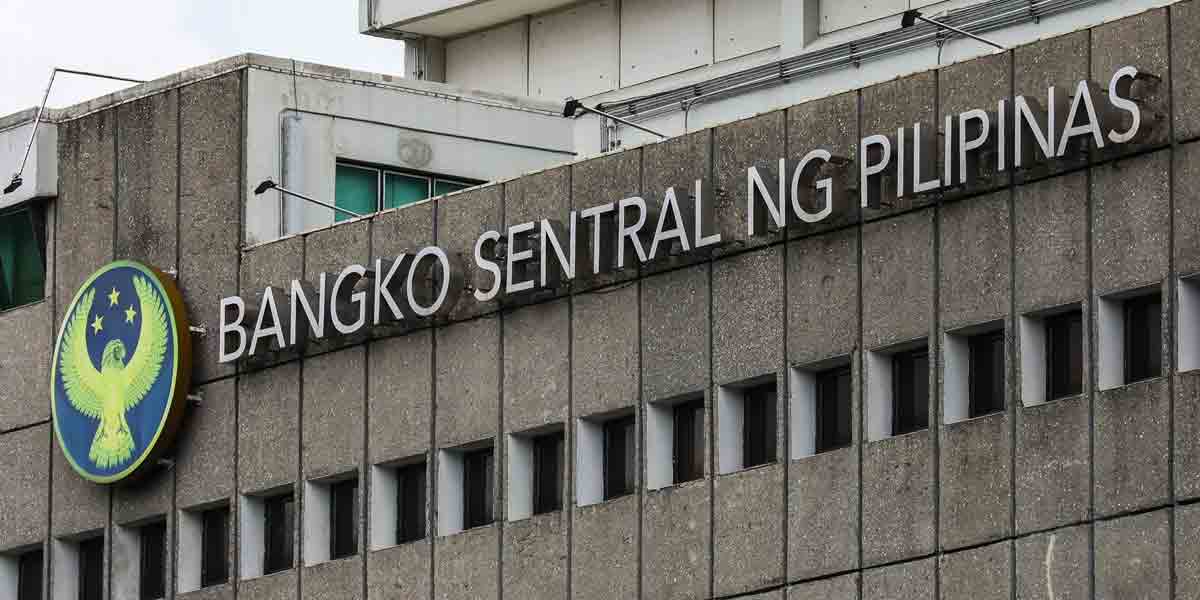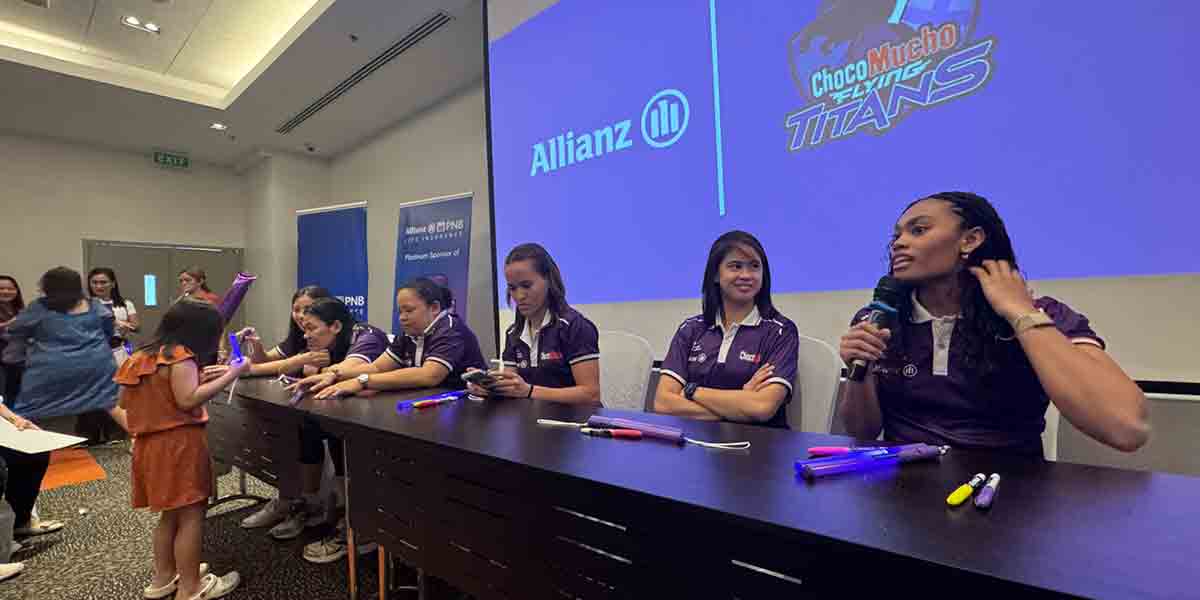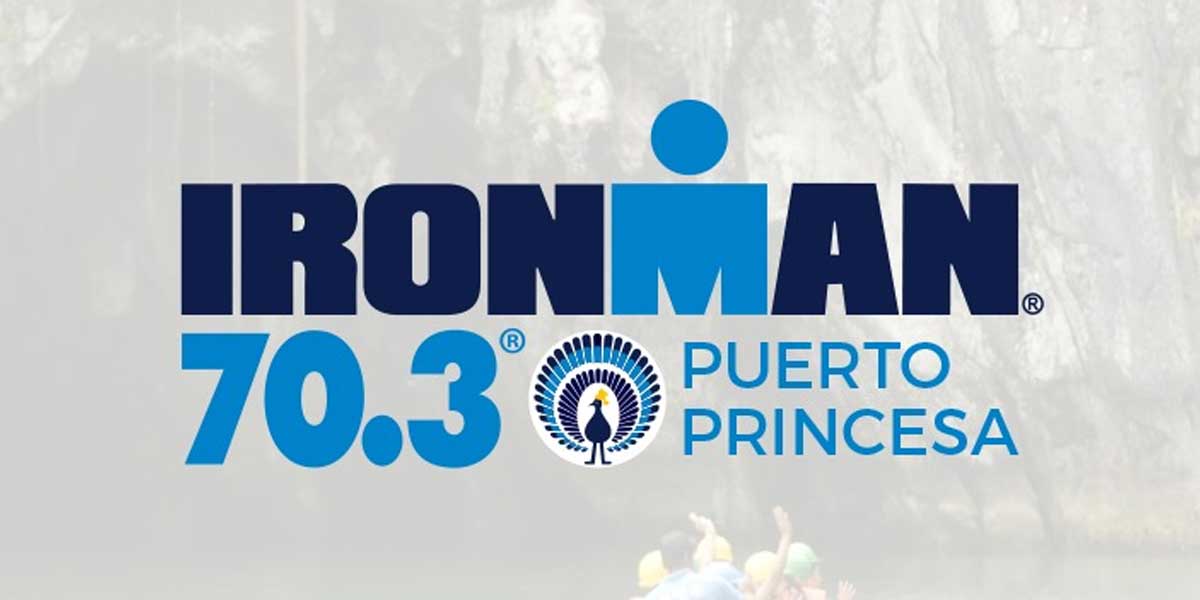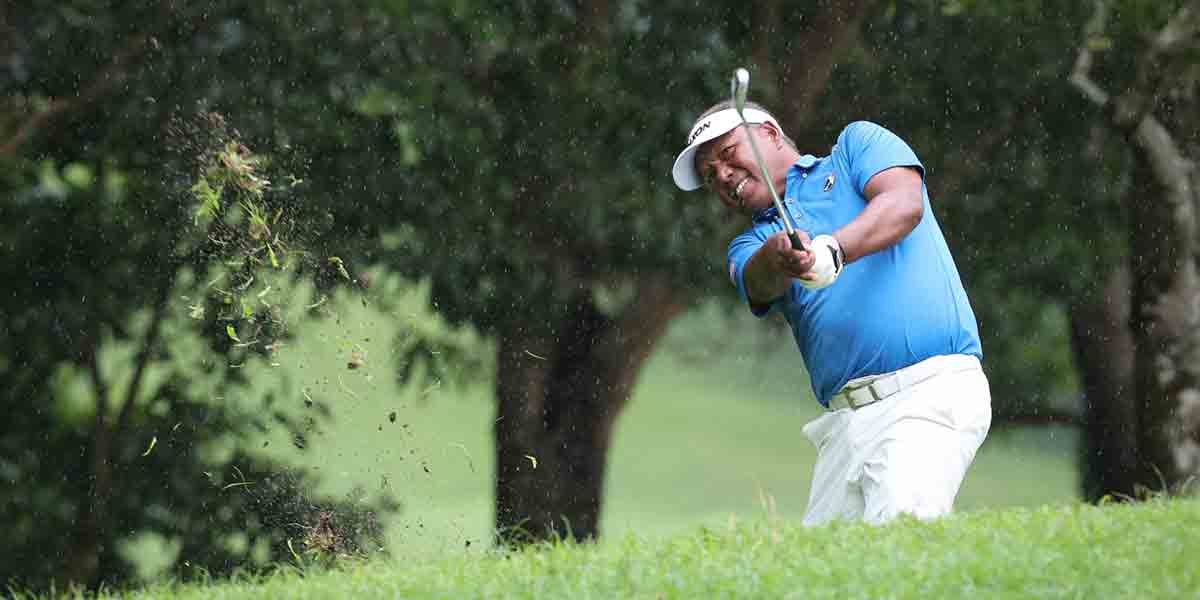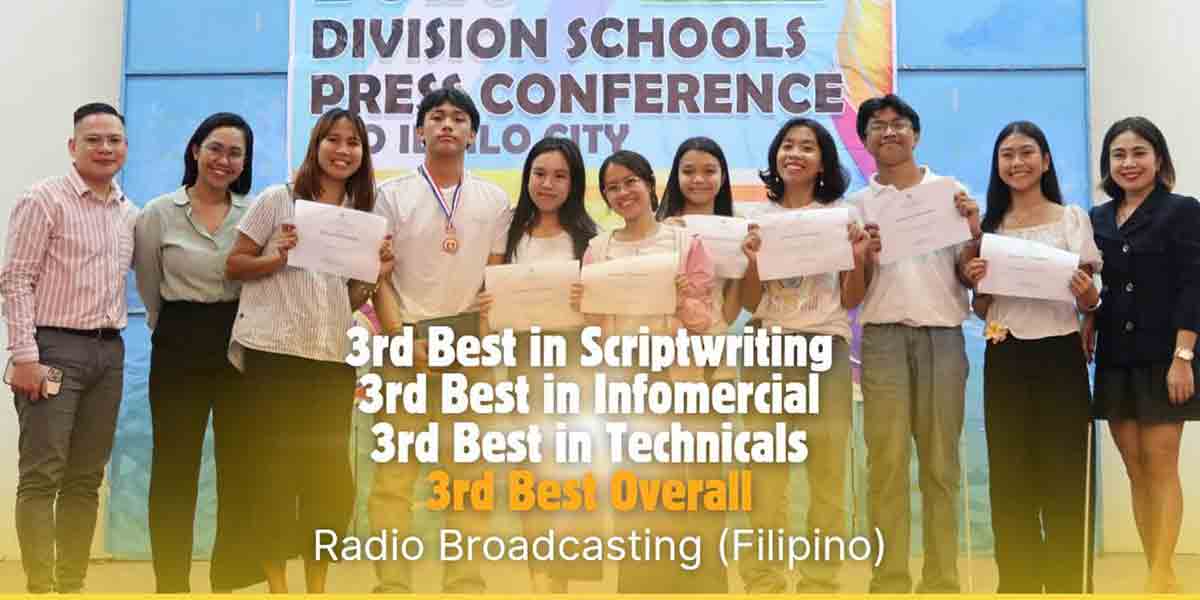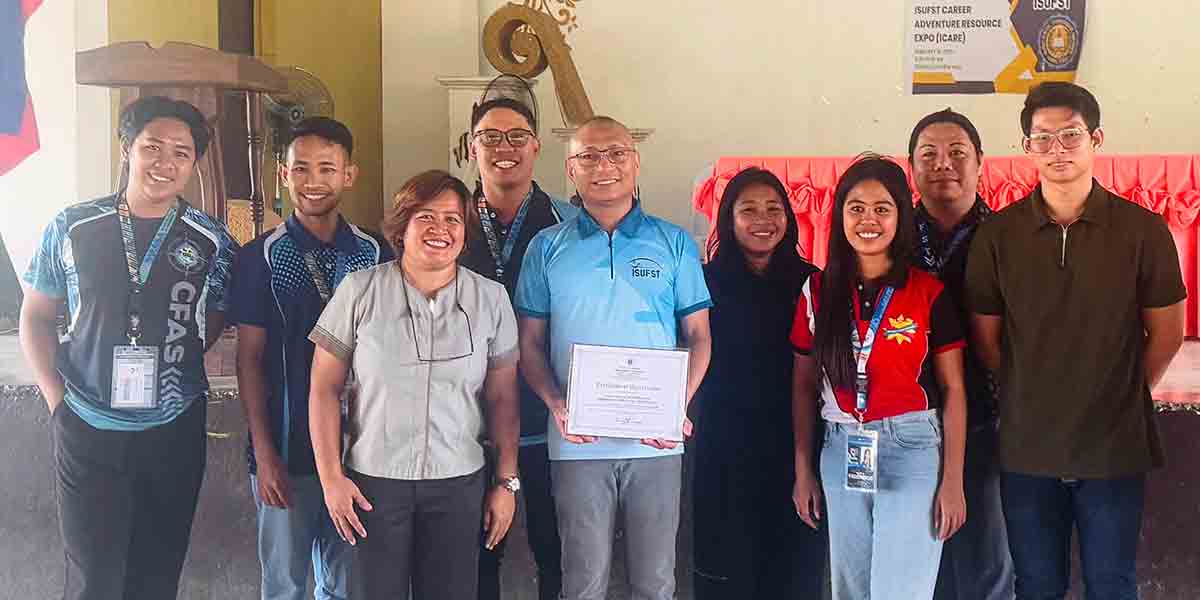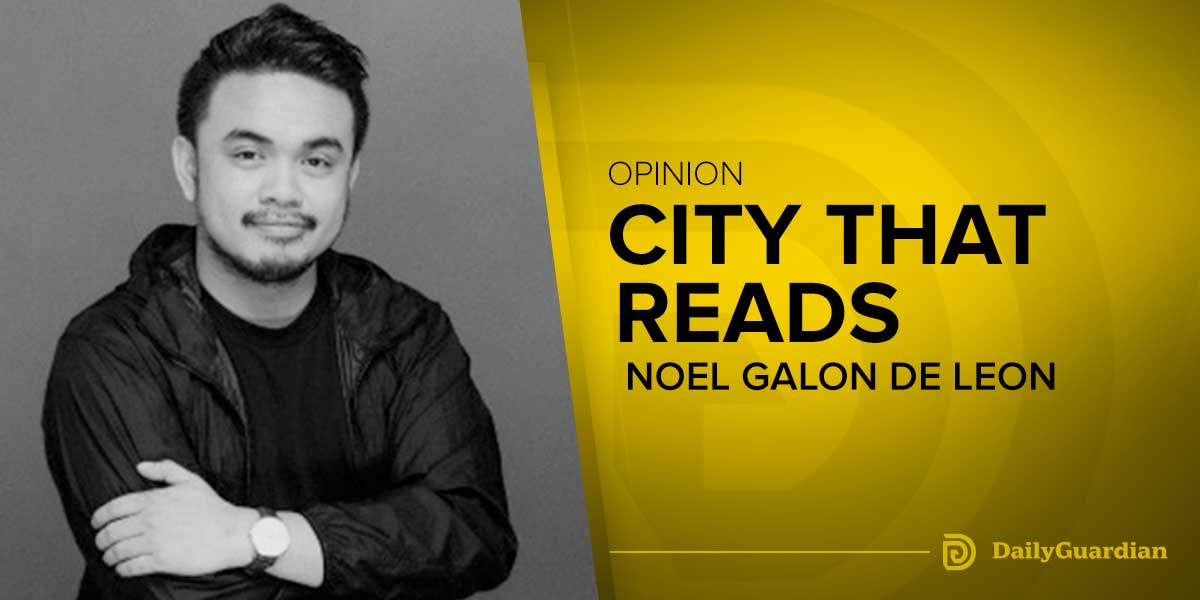
By Francis Allan L. Angelo
A study conducted by the Global Disinformation Index (GDI) indicated that online news media in the Philippines face a “moderate level of disinformation risk.”
The report is the result of the research led by GDI with the Dr. Andrew L. Tan Data Science Institute (ALTDSI) at De La Salle University, from July through November of 2022.
The GDI findings on disinformation risks for the media market in the Philippines were based on a study of 35 news domains, including Daily Guardian (www.dailyguardian.com.ph).
The sample was defined based on the sites’ reach (using each site’s Alexa rankings, Facebook followers, and Twitter followers), relevance and the ability to gather complete data for the site.
Here is the executive summary of the findings:
OVERVIEW
The Philippines has one of the fastest-growing populations in the world and as such, also represents one of the largest media markets in Asia and beyond. In fact, in 2022, the value of the Philippines’ digital media market was the fourth-highest in Southeast Asia and Filipinos ranked second worldwide in the average amount of time spent online each day.
With such high demand for online media that will only grow as the country’s population rises, it is no surprise that the digital economy is expected to grow by up to 30 percent annually for a market valuation of around 28 billion $USD by 2025. Filipinos have been enthusiastic early adopters of digital platforms with about 95% of the population aged 13 and up on social media as of 2020. Though trends towards digitalization predate the COVID-19 pandemic, 64% of Filipinos say that lockdowns and isolation led them to spend more time online – the highest percentage of any country in the world.
The Philippine media market has long operated as a Fourth Estate checking the government in Asia’s oldest democracy, and has enjoyed more freedom and growth than many counterparts in neighboring countries. Nonetheless, press freedom and independence can be more precarious than it appears in any country, even one with a rich democratic history such as the Philippines. Recent efforts by the Philippine government to curtail press rights, rising anti-media narratives and gaps in legal protection despite Constitutional guarantees all threaten the status of Philippine media, contributing to its relatively poor ranking of 147 out of 180 countries for press freedom in 2022, according to Reporters Without Borders.
Despite these challenges, Philippine media remains vibrant and steadfast. Print media has declining popularity since the rise of the online world, but other traditional media such as television and radio remain dominant. Traditional media continues to migrate online in an effort to stay relevant, but the appeal of alternative content sources across platforms in the country often cited as the “social media capital of the world” has fractured the news landscape and left the country vulnerable to disinformation.
FINDINGS
The findings for the Philippines’ news domains show that only 1 site achieved a minimum-risk rating while 10 are classified as low-risk, 13 are medium-risk, and 12 are high-risk. No sites earned a maximum-risk rating.
Error! Filename not specified.
The overall average risk rating for the domains in this sample is 55.32, with zero indicating maximum risk and 100 indicating no risk. This score indicates that the country’s media market is exposed to a moderate level of disinformation risk.
The vast majority of high and medium-risk sites garnered high scores in unbiased, fair content, but clear operational shortcomings brought down the domains’ average scores. All but one site achieved a score above 70 in our Content pillar, with scores ranging from 68 to 93, but 28 out of 35 domains scored below 40 in our Operations pillar, with scores ranging from 11 to 50.
The high content scores across all the domains in the sample indicate that Philippine media is adept at giving readers fact-based, unprejudiced narratives, especially compared to other media markets in the region. The only places where the sampled sites fell short were the Common coverage and Lede present indicators, which outlets can improve to raise their overall scores in the Content pillar.
By comparison, the very low Operations scores across all the domains present a bigger challenge towards ensuring public trust in these outlets. The sampled sites performed the worst on our Attribution, Ensuring accuracy, Funding and Ownership indicators, sharply undermining the low level of disinformation risk from the Content pillar. Low performance is widespread across these indicators, but media outlets can take several key steps to lower their risk in this area.
With about 31% of domains classified as minimum to low-risk and no sites earning a maximum-risk rating, there is a lot to be optimistic about in the Philippine media market. If the sampled domains can maintain their high performance in Content, then improving low Operational scores will greatly improve the country’s overall risk rating and reinforce the firewall against disinformation.
Improving these Operation scores is relatively straightforward. Philippine outlets can take immediate action to lower their disinforming risk by creating and clearly publishing editorial and process policies in line with international journalistic standards on their sites. Without this transparency, readers, funders and advertisers alike will not be able to properly understand the disinformation risk and could leave the country extremely vulnerable to adversarial narratives and the real-world harm they cause.
CONCLUSION
Overall, these findings depict a cautiously optimistic outlook for the disinformation risk in the Philippines’ media market, with the notable caveat that editorial standards and journalistic policies need significant improvement.
The majority of sites in this study, as well as all media domains in the Philippine media market, could drastically improve their risk rating, lower their disinforming risk and reassure readers and advertisers alike that they can trust these outlets by taking the following recommended actions:
Set and clearly delineate policies regarding attribution and sourcing on their websites where it is easily accessible to all readers.
Establish and publish policies for fact-checking articles before publication and transparent procedures for post-publication corrections.
Set policies for how user-generated content and comments are used and/or moderated.
Disclose funding sources and revenue streams along with the persons and/or legal entities that own and/or operate the media organization, and make these disclosures open and accessible on their domains.
Make a copy of the outlet’s editorial standards and principles publicly available or create one in line with the Filipino Journalist’s Code of Ethics if such a document does not already exist.
WHAT IS GDI
The Global Disinformation Index was born out of this need for data, specifically the need for transparent, independent neutral disinformation risk ratings across the open web.
GDI’s founders recognized early on that in order to disrupt the business model of disinformation, commercial companies, researchers and policymakers alike need access to independent ratings of news sites’ disinformation risk. These risk ratings are then used by advertising technology companies to ensure advertisers’ money and brands do not end up supporting high-risk websites. Stakeholders also need strong and consistent leadership to help navigate the ever-changing disinformation landscape.
As the digital world continues to upend traditional news, media and communication landscapes, it is vital for all producers, funders and readers alike to know their risk of consuming and circulating disinformation. Disinformation is an increasingly profitable business that thrives in our current decentralized, multi-platform online environment, and fighting it requires a clear, impartial understanding of both what promotes and discourages disinformation.
GDI’s independent risk-rating framework allows advertisers, tech companies, governments and consumers to make informed decisions and prevent the real-world harms it causes in the process. (With information from https://www.disinformationindex.org)



